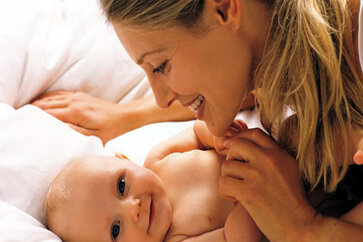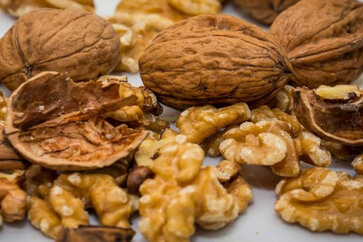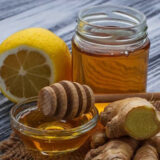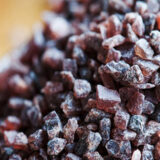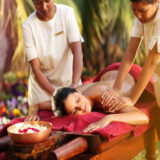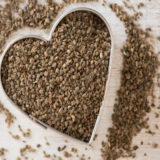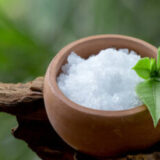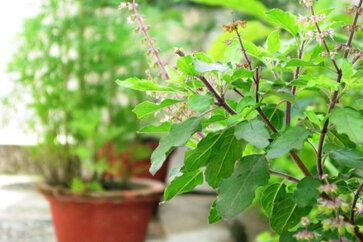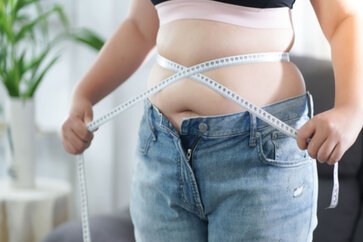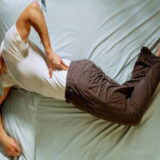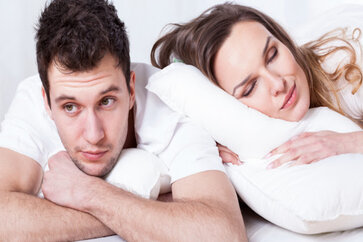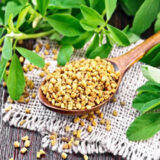What is Abhyanga? How Is Abhyanga Massage Performed?
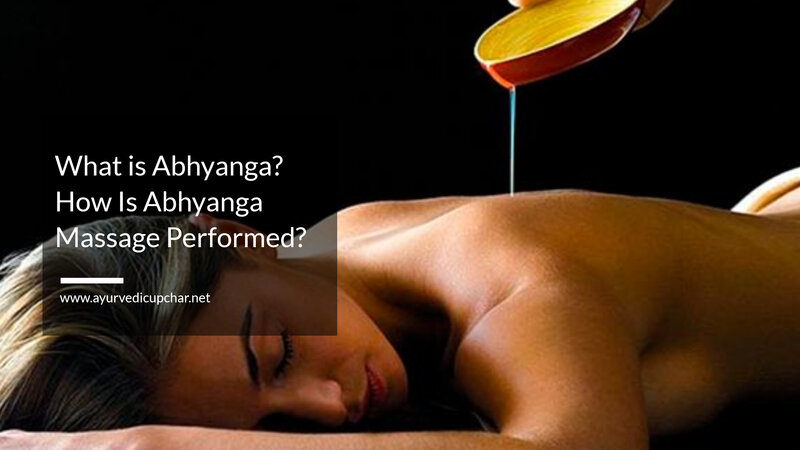 Abhyanga, Ayurveda therapeutic massage par excellence, here we explain what it is, how it is performed, and its benefits. Find out!
Abhyanga, Ayurveda therapeutic massage par excellence, here we explain what it is, how it is performed, and its benefits. Find out!
Massage in Ayurveda
For Ayurveda, massage is an indispensable complement to health, in addition to producing relaxation and well-being, massage has a therapeutic function, which allows for regulating physical, mental, and emotional imbalances.
It maintains the beauty and health of the skin, but it also helps release concentrated energy in our body, eliminate toxemia, and activate circulation and tone organs and muscles.
For Ayurveda, massage should be part of the daily life of people concerned about their health and well-being.
Benefits of Abhyanga massage
Among the many benefits of this massage, you can rescue the following:
- Elimination of toxemia
- Relaxation and reduction of stress and anxiety
- Tones the nervous system, improving sleep quality
- Improved blood circulation
- Energy balance
- Emotional release
- Mental clarity
- Skin health
- Vitality
- Muscle toning
- Tissue nutrition
- Rejuvenating
- Strengthens immune system
- Harmonize the three doshas
What is Abhyanga Massage?
The Abhyanga massage is a therapeutic massage, based on oil, an ideal complement to include in the daily routine since it can produce rejuvenating effects in our body.
Abhyanga, a star massage for Ayurveda, is the most complete massage that exists. Its application, which works the whole body, from the feet to the head, adapts to the specific constitutions and needs of the person who receives it.
Warm medicated oil is used and, through circular and rhythmic movements, the balance of the doshas is promoted, concentrating the work in the areas that present the greatest disease or condition.
Its application, continuously on an area, allows reaching deeper tissues, nourishing them and contributing to their regeneration. abhyanga massage. A massage adapted to the specific needs of each person
Each dosha has specific characteristics and, as such, Abhyanga massage is performed by adapting, the oil to be applied to the areas that are going to work and, even, the rhythm and sequence, to these characteristics.
Thus, the movements will be energetic, soft, more or less rhythmic, slow, or with greater or lesser pressure, depending on the needs of the person and the imbalance to be regulated.
In the same way, you can massage the whole body or only some of its parts according to the results you want to obtain. Thus, you can seek greater relaxation, release clogged energy, or revitalization or strengthen the body.
The application of the oils also plays an important role in the massage, so the type of base oil and its complementation with herbs or essential oils will depend on those that you want to achieve with the application of the massage, adapting to the characteristics of the person and having to Consider the results you want to get:
- Vata: sesame oil, combined with Ashwagandha oil
- Pitta: coconut, olive, Neem
- Kapha: almond, mustard, sesame, each area of the body, worked on the massage produces different results, so its combination will give our body a complete and comprehensive well-being.
How is the Abhyanga massage performed?
1. Before The Massage
As with any massage, the atmosphere should be calm and relaxed. To do this, we must find that aspects such as sound, light, or temperature are adequate to create a climate of well-being and relaxation, essential to start this intimate conversation with the hands between therapist and patient.
It is essential that the therapist assess the specific circumstances and needs of the person before starting the massage (ailments, lifestyle, and purpose of the massage, physical, mental, and emotional characteristics).
2. During The Massage
The massage is carried out with the hands and fingers, with synchronized movements and adapted to the area that is worked at each moment, regulating the pressure, the rhythm, as well as the movements, which will vary, depending on the characteristics of the person and the objective that you want to work.
The oil will also be adapted to the needs of the person. Abundant and warm oil is used, combined with specific herbs or essential oils, which will be selected, depending on the objectives of the massage.
For this, it is important to let the oil rest on the area for a few minutes, so, through absorption; the deepest tissues can be nourished, fulfilling its therapeutic function.
For the realization of the Abhyanga, a special stretcher called droni is used, which contains some deposits, to collect the oil used during the massage, facilitating the cleaning of the workspace.
3. At The End Of The Massage
Once the massage is finished, the person is allowed to remain on the couch, assimilating the effects of the massage received and absorbing the remains of oil that remain on the skin.
Subsequently, the oil is removed from the body with soft paper and the person takes a relaxing warm shower to remove the oil applied during the massage and, finally, can take a warm drink, which will help clean the toxemias moved during the massage.


